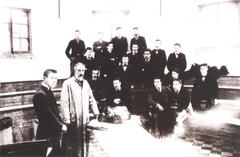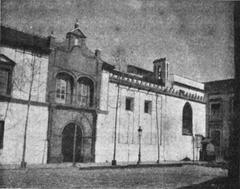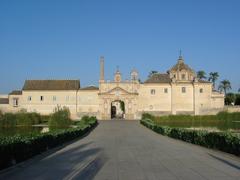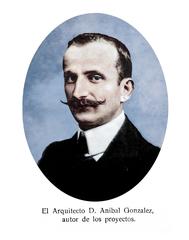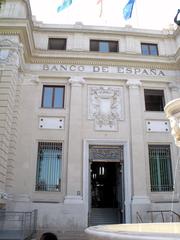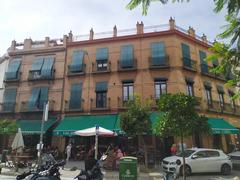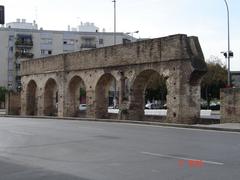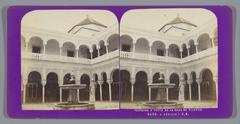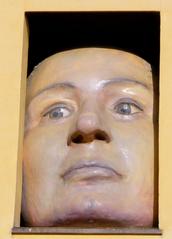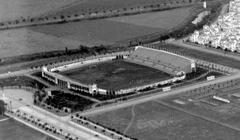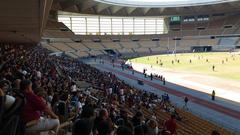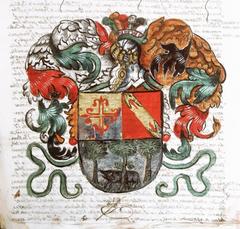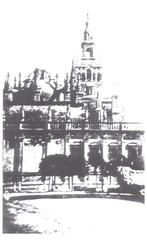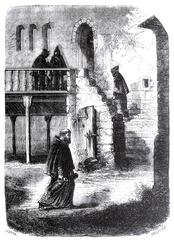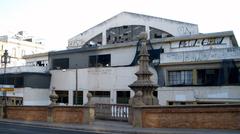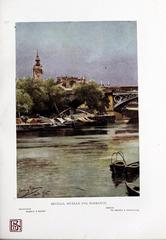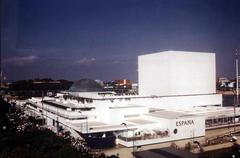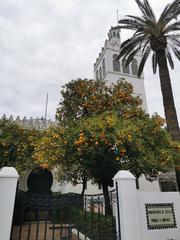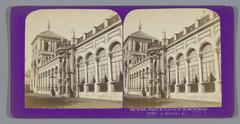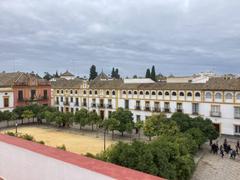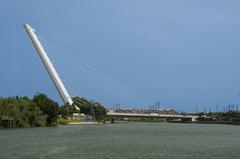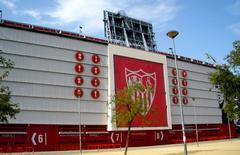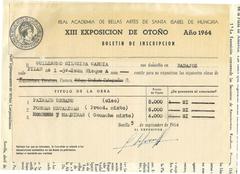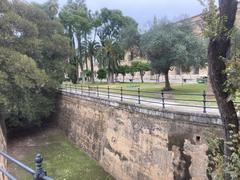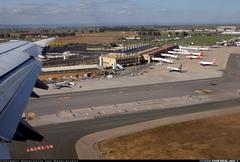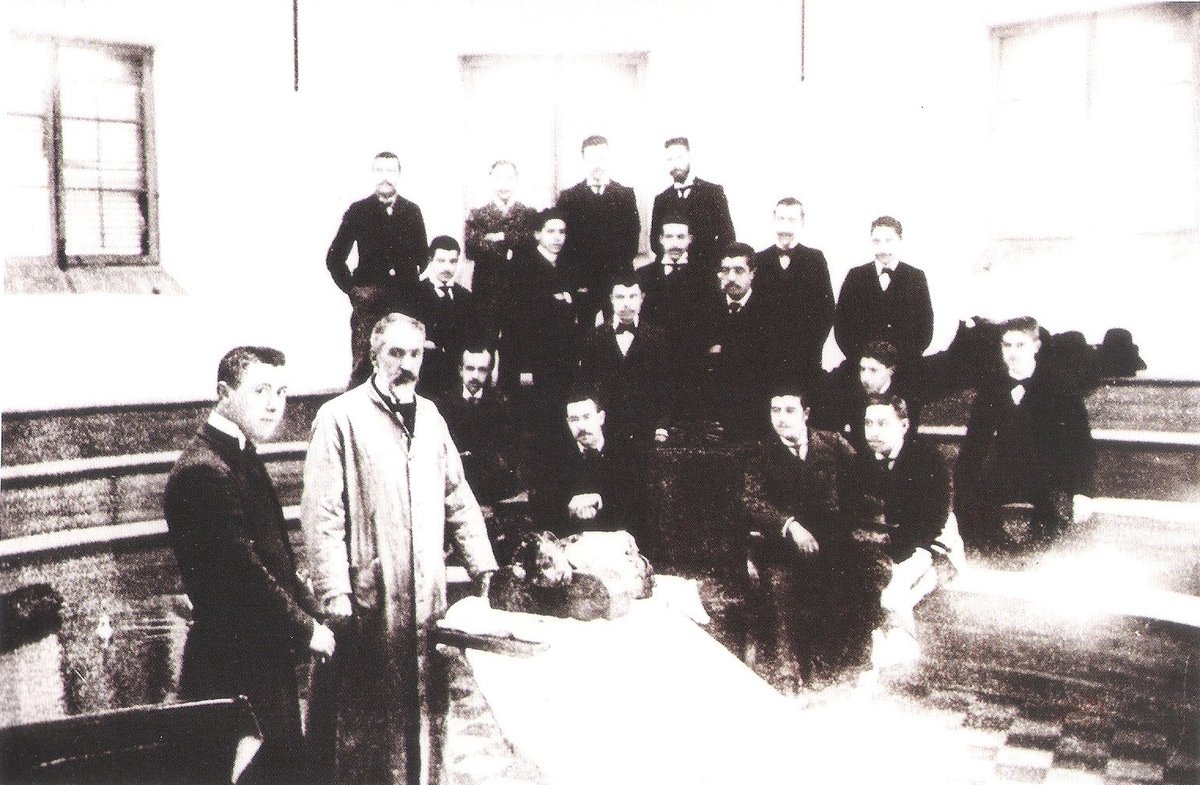
University of Seville Visiting Hours, Tickets, and Historical Sites Guide
Date: 14/06/2025
Introduction: The University of Seville and Its Historical Significance
Nestled in the vibrant heart of Seville, Spain, the University of Seville stands as a remarkable symbol of over 500 years of academic excellence, architectural grandeur, and cultural influence. Officially founded in 1505 as the Colegio de Santa María de Jesús, the university has evolved into one of Spain’s largest and most prestigious institutions, serving more than 57,000 students across several campuses. Its main seat, the Old Royal Tobacco Factory (Real Fábrica de Tabacos), is an 18th-century Spanish Baroque masterpiece and the second largest building in Spain after El Escorial. Once Europe’s foremost tobacco factory and famously immortalized in Bizet’s opera “Carmen,” this architectural marvel now houses the university’s Rectorate and several faculties.
Located near key landmarks such as the Seville Cathedral, the Alcázar, and María Luisa Park, the university is a hub of Renaissance heritage and Andalusian culture. Beyond its historical and architectural significance, the university actively fosters cultural life through public events, partnerships, and exhibitions, particularly at the Center for Cultural Initiatives (CICUS).
This guide provides comprehensive information for visitors, including details on visiting hours, tickets, guided tours, accessibility, travel tips, and nearby attractions. Whether you are drawn by the university’s rich history, architectural splendor, or cultural vitality, this resource will help you plan an enriching visit.
For the most current updates, always consult the University of Seville visitor portal and the Seville Tourism Board (University of Seville and the Old Royal Tobacco Factory: Visiting Hours, Tickets, and Seville Historical Sites Guide; University of Seville: Visiting Hours, Tickets & Architectural Highlights; Visiting the Royal Tobacco Factory).
Contents
- Introduction and Historical Overview
- Architectural and Cultural Significance: The Old Royal Tobacco Factory
- Visiting Hours and Ticket Information
- Getting There: Location and Transport
- University Campuses and Academic Reputation
- Role in Spanish and European Higher Education
- Cultural and Social Impact
- Accessibility and Visitor Tips
- Guided Tours and Self-Guided Visits
- Nearby Attractions and Amenities
- Special Events and Cultural Activities
- Facilities and Accessibility
- Visitor Etiquette and Practical Tips
- Frequently Asked Questions (FAQ)
- Contact Information and Official Resources
Historical Overview
From Colegio de Santa María de Jesús to Modern University
The University of Seville traces its origins to the early 16th century, officially founded in 1505 by papal bull and royal decree. It grew rapidly during Spain’s Golden Age, expanding faculties in medicine, law, and the arts, and played a central role in the city’s intellectual and cultural life.
The Old Royal Tobacco Factory: Monumental Heritage
Constructed between 1728 and 1771, the Old Royal Tobacco Factory is one of Europe’s most significant industrial buildings from the 18th century. Its imposing Baroque and Neoclassical design, with vast courtyards, thick stone walls, and fortress-like features, reflects the economic importance of tobacco production in Seville’s history. Today, it serves as the university’s main building, blending academic functions with preserved historic architecture (Seville Traveller).
Visiting Hours and Ticket Information
Old Royal Tobacco Factory (Real Fábrica de Tabacos)
-
General Opening Hours:
- Monday to Friday: 8:00 AM – 9:00 PM
- Saturday: 9:00 AM – 2:00 PM
- Sunday and Public Holidays: Closed
(University of Seville Official Website)
-
Ticketing:
- Entry to public areas and courtyards is free.
- Guided tours (when available) cost €5–€10 per person; discounts for students, seniors, and groups.
- Some temporary exhibitions may have a nominal fee.
-
Guided Tours:
- Available during cultural events, European Heritage Days, and university open days.
- Advance booking required; tours last approximately 60–90 minutes and are offered in Spanish and English.
- Book via the university’s visitor portal or local tour operators.
-
Accessibility:
- The main entrance and ground floor are wheelchair accessible; some historic areas may have limited access.
- Ramps and elevators are available in public areas.
Getting There: Location and Transport
- Address: Avenida de la Constitución, s/n, 41004 Seville, Spain
- By Foot: Within walking distance of major landmarks—Seville Cathedral, Alcázar, Plaza Nueva.
- Public Transport:
- Tram: Prado de San Sebastián stop (5-minute walk)
- Bus: Lines C1, C2, 21 to Plaza de Cuba/Prado de San Sebastián
- Metro: Prado de San Sebastián station nearby
- By Bicycle: Seville is bike-friendly with public bike racks near the university.
- By Taxi: Widely available throughout the city.
University Campuses and Academic Reputation
The University of Seville serves over 57,000 students across several campuses:
- Central Campus (Old Tobacco Factory): Humanities and social sciences
- Reina Mercedes Campus: Science, technology, engineering, and mathematics (STEM)
The university is ranked among Spain’s top institutions, with a strong international profile and membership in the Erasmus+ program. Its research output is substantial, and it maintains active partnerships with universities worldwide (Times Higher Education).
Role in Higher Education and Cultural Impact
As a self-governed public university, the University of Seville promotes academic freedom, research, and cultural exchange. Its central location and active participation in Seville’s festivals and public life make it a cultural anchor for the city. The Center for Cultural Initiatives (CICUS) hosts exhibitions, concerts, and performances, many open to the public (CICUS).
Accessibility and Visitor Tips
- Best Times to Visit: Spring (March–May) and autumn (September–November) offer the most pleasant weather and fewer crowds.
- Language: Spanish is predominant; English is spoken in tourist areas and during guided tours.
- Dress and Etiquette: Modest attire is recommended; respect academic activities by keeping noise to a minimum.
- Facilities: Restrooms and a cafeteria are available during business hours; free public Wi-Fi is accessible.
Guided Tours and Self-Guided Visits
- Guided Tours: Offer in-depth insights into the building’s history and architecture. Advance booking is recommended, especially during cultural festivals or open days.
- Self-Guided Visits: Public areas and courtyards are open for exploration. Informational plaques and mobile audio guides (such as the Audiala app) enhance the experience.
- Photography: Allowed in public areas; use of flash or tripods may be restricted. Always ask before photographing people.
Nearby Attractions and Amenities
The university’s central location allows easy access to:
- Seville Cathedral
- Alcázar Palace
- Maria Luisa Park
- Plaza de España
- Numerous cafés, tapas bars, and shops
The area is pedestrian-friendly and ideal for combining your visit with other UNESCO World Heritage Sites (Spain.info).
Special Events and Cultural Activities
The university regularly hosts:
- Public Lectures and Conferences
- Art Exhibitions and Concerts
- Cultural Festivals (e.g., Semana Santa processions)
- European Heritage Days (special tours and exhibitions)
Check the university’s cultural agenda and CICUS events page for the latest information.
Facilities and Accessibility
- Information Desk: Near the main entrance, offering assistance in Spanish and English.
- Wheelchair Access: Most public areas are accessible; contact the university or tour operators for specific needs.
- Security: Security personnel on-site; visitors may need to present ID or sign in.
Visitor Etiquette and Practical Tips
- Respect ongoing classes and exams by maintaining a quiet atmosphere.
- Plan your visit for weekday mornings for a quieter experience.
- Wear comfortable shoes, as the site and surrounding areas require walking.
- Protect yourself from the sun, especially in summer.
Frequently Asked Questions (FAQ)
Q: Is there an entrance fee to visit the University of Seville?
A: Entry to public areas is free. Guided tours and special exhibitions may have fees.
Q: When is the best time to visit?
A: Spring and autumn are ideal. Weekday mornings are quieter; avoid Sundays and public holidays.
Q: Is the university wheelchair accessible?
A: Yes, the main entrance and most public areas are wheelchair accessible.
Q: How do I book a guided tour?
A: Book in advance through the university’s visitor portal or authorized tour operators.
Q: Are there facilities like restrooms and cafeterias?
A: Yes, restrooms and a cafeteria are available during business hours.
Contact Information and Official Resources
- Address: Avenida de la Constitución, s/n, 41004 Seville, Spain
- Phone: +34 954 551 000
- Email (Cultural Office): [email protected]
- Website: https://www.us.es/
- CICUS Cultural Center: https://cicus.us.es/
- Seville Tourism Portal: https://www.visitasevilla.es/
- Spain Tourism Portal: https://www.spain.info/en/places-of-interest/royal-tobacco-factory-university-seville/
Plan Your Visit
The University of Seville, anchored in the historic Royal Tobacco Factory, offers a blend of academic prestige, architectural splendor, and cultural vitality. Take advantage of free access to public spaces, affordable guided tours, and the university’s proximity to Seville’s most celebrated historical sites. To maximize your experience, plan your visit around special events, download the Audiala app for audio guides and virtual tours, and consult official sources for the latest updates.
Embark on your journey into Seville’s rich academic and cultural tapestry—plan your visit to the University of Seville today!
References
- University of Seville and the Old Royal Tobacco Factory: Visiting Hours, Tickets, and Seville Historical Sites Guide
- University of Seville: Visiting Hours, Tickets & Architectural Highlights
- Visiting the Royal Tobacco Factory (Real Fábrica de Tabacos) in Seville: History, Hours, Tickets, and Visitor Information
- University of Seville Visiting Hours, Tickets & Guide to Seville Historical Sites
